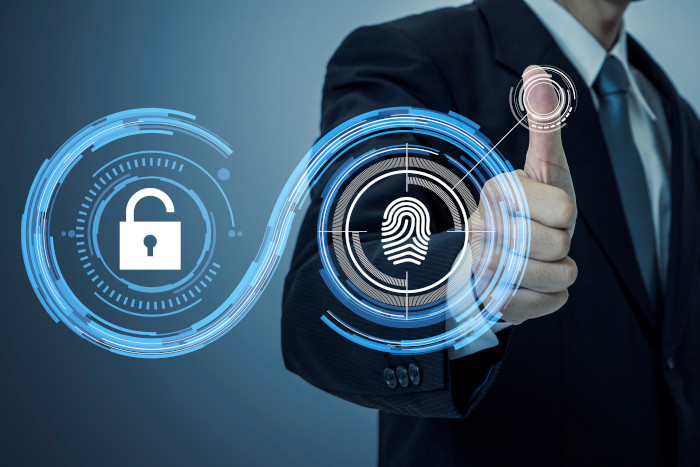Secure Authentication: Methods & Best Practices


Secure authentication verifies authorized users who are trying to log onto your company’s system. This authentication protects the company from unapproved users gaining access to private information or data.. As IT and cloud systems become more complex, more complicated and more vulnerable to attack, secure authentication must protect resources from unauthorized access.
That being said, there are several kinds of secure authentication methods available in both consumer, commercial and industrial environments:
Note that authentication is not the same as authorization. Authentication is only the method of forcing users to demonstrate they can access resources. Authorization emphasizes the ability of a given user to actually access specific system resources. Authentication does play a significant role in authorization, however, a user must authenticate their credentials to show that they are authorized to access the system and specific resources.
With all these methods in place, you’d think that cybersecurity would have the process under control. However, almost all authentication schemes rely on passwords as a primary, or even only, method of authenticating users.
This is a major problem for many reasons:
User Error: Passwords can be lost, forgotten and stolen quite easily. Secure passwords, particularly those that are of sufficient complexity and length, are easily forgotten by users. They may write them down (if they use passwords for secure authentication) or, failing that, make them insecure (something simple, like a name or a series of sequential numbers).
Phishing and Hacking: Passwords are, all in all, easy to steal. Phishing attacks, where the hacker tricks a user to give them their password, is one of the most common attacks around. Likewise, some of the most impactful security breaches in the last decade are from hackers stealing databases of user information–including passwords.
Even with encryption, passwords are easily stolen during a breach. And with users being faked out by phishing attacks, they don’t do much in the way of providing additional security. Once they are compromised, they are a liability.
Ease of Use: Users don’t keep a Rolodex of complex passwords. A study shows that up to 45% of users use the same password across at least 2 or more accounts, with 20% claiming that “most” of their accounts use the same password and 6% claiming that they use the same password for all accounts.
This is a huge liability, especially when someone in your organization uses the same password for an online consumer brand (that, unfortunately, has just been hacked) as for their user account to sensitive data in your cloud network.
Secure user verification, therefore, doesn’t simply rely on just passwords. Multi-Factor Authentication (MFA) combines two or more forms of authentication, typically a password and either a biometric, mobile or app-based verification method. Increasingly, many companies are even eliminating the password component and using some combination of physical and digital media to bring stronger security to their access systems.
As passwords become more insecure and companies turn to more advanced technologies and MFA, hackers are concurrently turning to more advanced attacks.
There are several ways that hackers are attempting to circumvent secure access controls, including:
You mustn’t take secure authentication lightly. The 1Kosmos BlockID makes passwordless authentication easily integrated without sacrificing security. Our product includes several features:
1Kosmos is a provider of Passwordless Enterprise solutions. To learn more about company news, product releases or other events sign up for our newsletter.